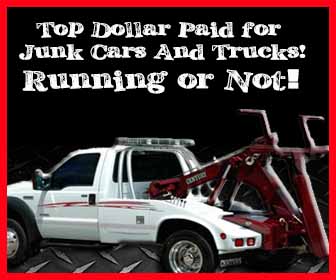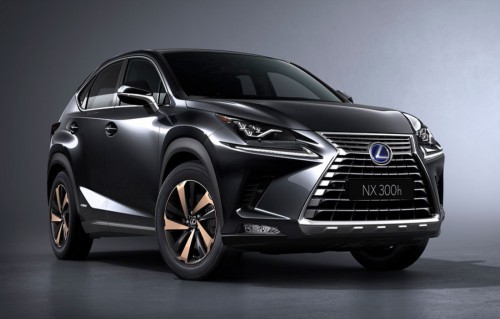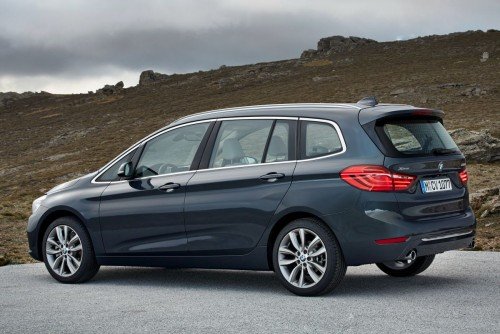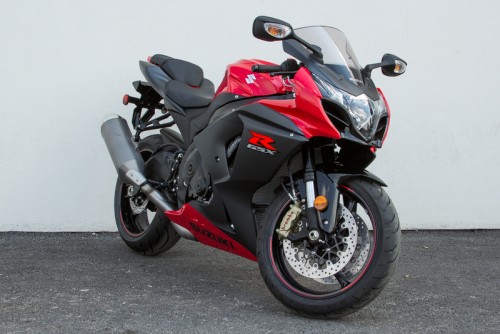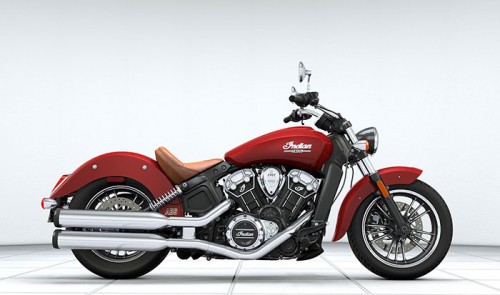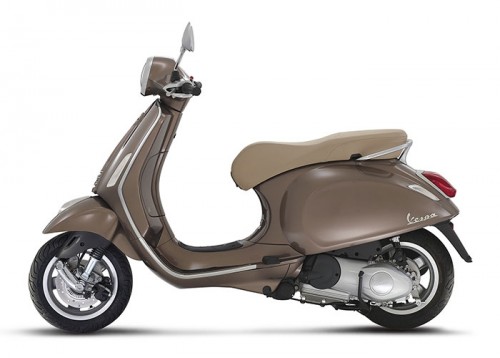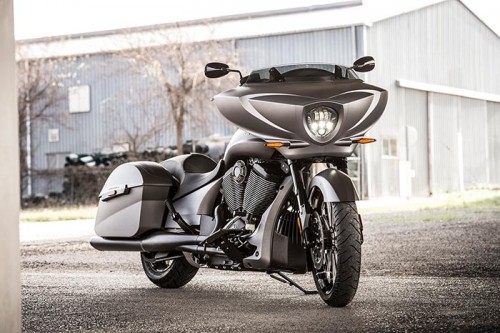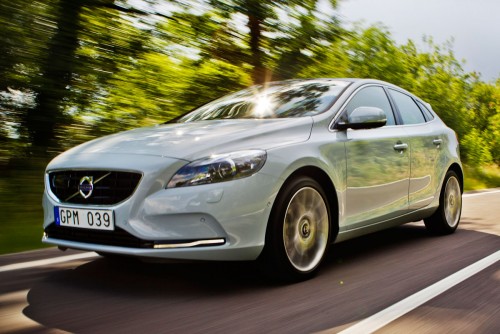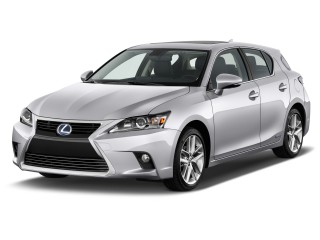About Maybach
1909–40: Early history
Wilhelm Maybach was technical director of the Daimler-Motoren-Gesellschaft (DMG) until he left in 1907. On 23 March 1909 he founded the new company, Luftfahrzeug-Motorenbau GmbH (literally "Aircraft Engine Building Company"), with his son Karl Maybach as director.[citation needed] In 1912 they renamed it to Maybach-Motorenbau GmbH ("Maybach Engine Construction Company"). The company originally developed and manufactured diesel and petrol engines for Zeppelins, and then rail cars. Its Maybach Mb.IVa was used in aircraft and airships of World War I.
The company first built an experimental car in 1919, introduced as a production model two years later at the Berlin Motor Show. Between 1921 and 1940, the company produced a variety of opulent vehicles, now regarded as classics. The company also continued to build heavy-duty diesel engines for marine and rail purposes.
1940–45
During the Second World war, Maybach produced the engines for Nazi Germany's medium and heavy tanks. The engine plant was one of several industries targeted at Friedrichshafen.
After WW II the factory performed some repair work, but automotive production was never restarted, and some 20 years later, the company was renamed MTU Friedrichshafen. Daimler-Benz purchased the company in 1960. Post-1960 the company was mainly used to make special editions of Mercedes cars in the W108 and W116 model range, which were virtually hand built. These cars however carried the Mercedes badge and serial numbers.
1997–2014 revival
Daimler presented a luxury concept car at the 1997 Tokyo Motorshow. A production model based on it was introduced in two sizes – the Maybach 57 and the Maybach 62, reflecting the lengths of the automobiles in decimetres. In 2005, the 57S was added, powered by a 6.0L V12 bi-turbo engine producing 450 kW (603 hp) and 1,000 N�m (738 lbf�ft) of torque, and featuring various cosmetic touches.
To promote the new Maybach line, Mercedes-Benz engaged figures such as Maybach heir Ulrich Schmid-Maybach and golfer Nick Faldo, to serve as brand ambassadors.
Models
Pre-war
- 1919 Maybach W1: Test car based on a BMW chassis
- 1921 Maybach W3: First Maybach, shown at Berlin Motor Show. Featured a 70 hp (52 kW) 5.7L inline six.
- 1926 Maybach W5: 7L inline six, 120 hp (89 kW)
- 1929 Maybach 12: V12 precursor to DS7/8
- 1930 Maybach DSH: Doppel-Sechs-Halbe ("half a twelve cylinder") 1930–37
- 1930 Maybach DS7 Zeppelin: 7L V12, 150 hp (112 kW)
- 1931 Maybach W6: Same engine as W5, longer wheelbase. 1931–33
- 1931 Maybach DS8 Zeppelin: 8L V12, 200 hp (150 kW)
- 1934 Maybach W6 DSG: Featuring a twin overdrive transmission system.
- 1935 Maybach SW35: 3.5L 140 hp (104 kW) I6
- 1936 Maybach SW38: 3.8L 140 hp (104 kW) I6
- 1939 Maybach SW42: 4.2L 140 hp (104 kW) I6
- 1945 Maybach JW61: 3.8L 145 hp (108 kW) I6
W2 were the 5.7L inline six engines built for and ordered by Spyker. Not all were purchased, and Karl had to build cars featuring the engines to offset costs.
Around 1800 Maybachs were built before WW II.
Engines
- Maybach HL120
- Maybach HL116
- Maybach HL210
- Maybach HL230
Post-revival
2002 Maybach 57 and 62
2005 Maybach Exelero (prototype shown at the IAA in Frankfurt)
2005 Maybach 57S (the S standing for Special rather than Sport)
2006 Maybach 62S
2007 Maybach 62 Landaulet
2009 Maybach 57 Zeppelin and Maybach 62 Zeppelin
2011 Maybach Guard
Performance
The Maybach 57 accelerates from 0 to 60 mph (0 to 97 km/h) in about 5.1 seconds; the Maybach 62 and 57 S, about 4.8 seconds; the Maybach 62 S and the Landaulet in 4.5 seconds. This rapid acceleration is noteworthy for cars weighing well over 6,000 pounds. Maybachs in general are extremely powerful: the 57 has 518 bhp (386 kW; 525 PS); the 57 S, 559 bhp (417 kW; 567 PS); the 62, 570 bhp (425 kW; 578 PS); the 62 S, 612 bhp (456 kW; 620 PS), and the Landaulet, 633 bhp (472 kW; 642 PS).
Price
The base price of a 2009 Maybach 57 was $344,000; the Maybach 57 S, $381,000; the Maybach 62, $394,000; the Maybach 62 S, $430,000, and the Maybach Landaulet semi convertible cost just over 1 million. The Maybach 57 Zeppelin was priced at €406,000 ($580,000) and the 62 Zeppelin at €473,200 ($677,000).
Features
Standard features of all Maybach models included, but are not limited to, a navigation system with voice recognition, air conditioning with 4-zone climate controls, power rear sunshade, rear-seat DVD entertainment system, interior air filter, front and rear seat massage, 21-speaker premium sound system, power tilt/telescopic heated wood/leather-wrapped steering wheel with radio and climate controls, power trunk open/close, voice-activated AM/FM radio with 10-disc CD changer, keyless start, heated front and rear seats, cooled front seats, power panoramic sunroof, adaptive cruise control, premium leather upholstery, 18-way power front seats, 14-way power rear seats, heated cupholders, rearview camera, iPod adapter, wireless cell phone link, outside-temperature indicator, universal garage door opener, and night vision.
See also
- List of German cars
- Maybach Foundation
- Maybach I and II, two World War II bunker complexes named after the engines.
- Museum for Historical Maybach Vehicles




 Home
Home






